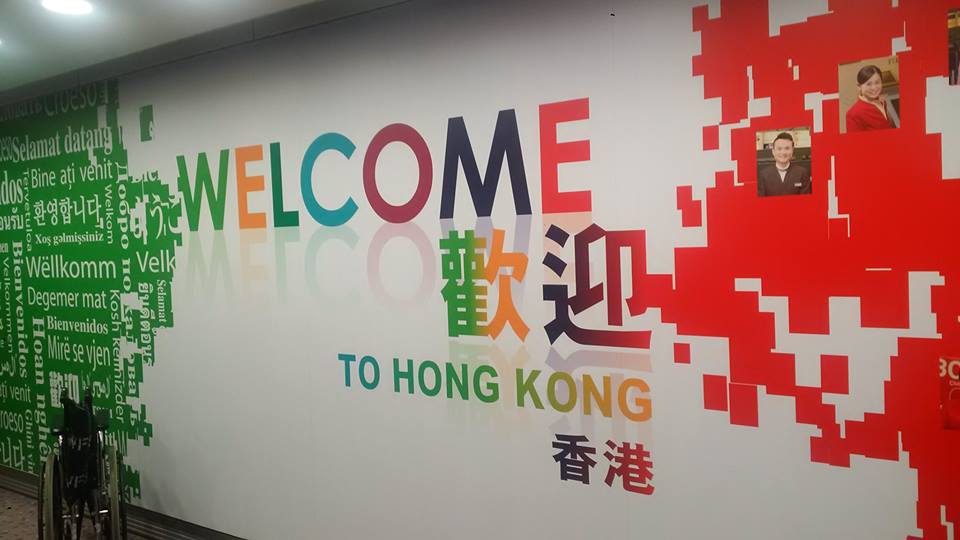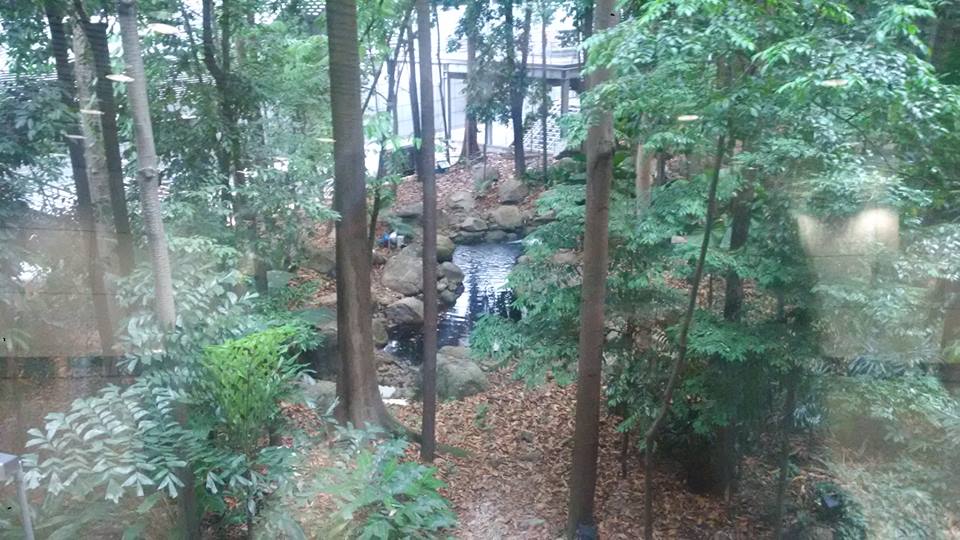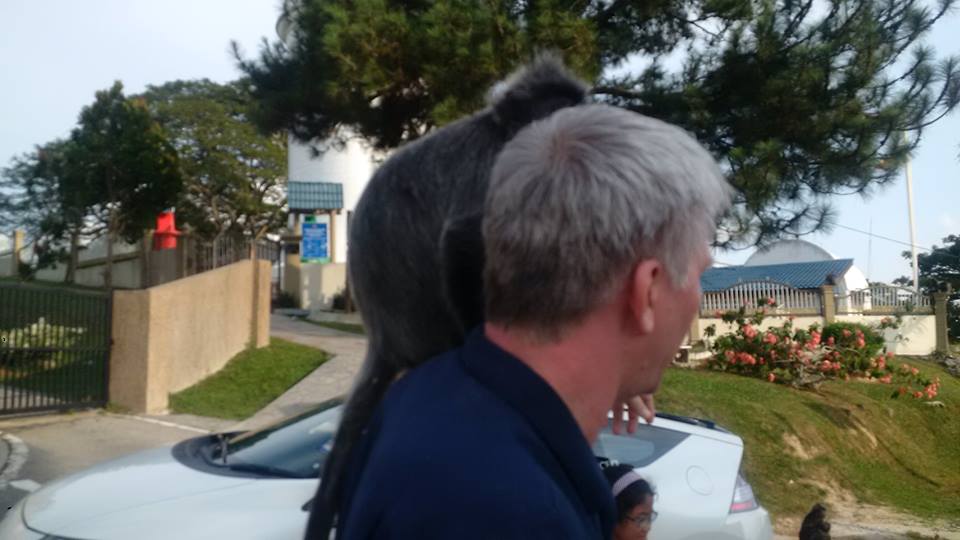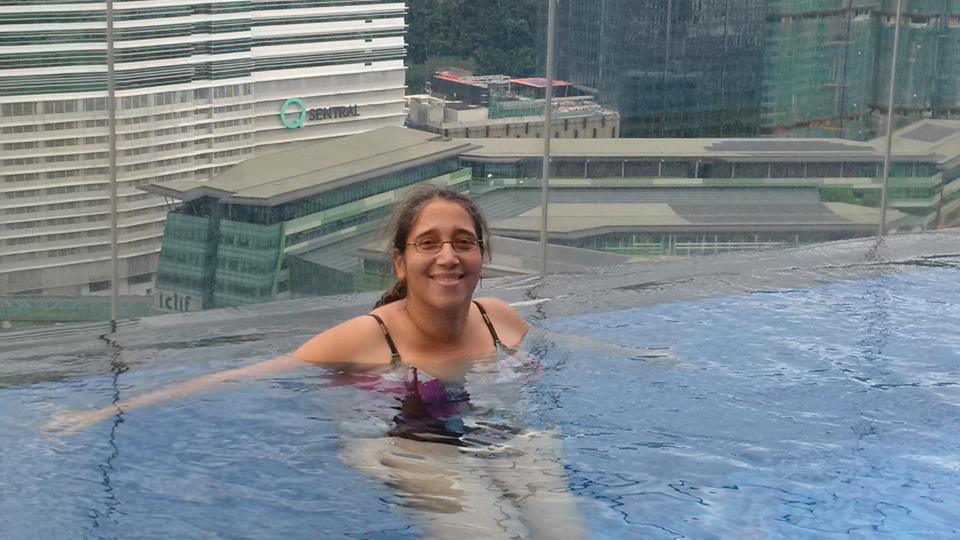Do you know your MBTI and/or Enneagram type? What are your attachment styles and love languages? Why does it matter?
For millenia, humans have tried to understand themselves and each other in a variety of ways. We are all different but we long to come to a better appreciation of why so we may better connect with others and our own selves. In ancient times, people associated personalities with elements: earth, air, water, and fire. The ancient Greeks came to a theory of the four humours which continued to be developed right into medieval medicine.
In more modern times, a plethora of approaches have grown up to assist us in understanding ourselves and others. These can be helpful for anyone, but in my opinion parents especially can benefit from learning what types they and their children are, so they can better appreciate the nuances of interpersonal conflict and not take differences personally.
1) Myers and Briggs developed MBTI based on Jungs theories of personalities.
While the MBTI is commonly used to try to classify people for the purposes of work, it is far more useful as a self-assessment and self-understanding tool as well as an approach to better appreciate the inherent differences in reasoning other types who are in one’s immediate circle of families experience, and why interactions as a result can be fraught.
2) Another approach is the Enneagram. Like the MBTI, it is much more useful in personal self-examination and connecting with one’s family and friends rather than being an accepted psycho-analytical tool.
3) Attachment styles were first posited by John Bowles in the 1950s. This is arguably one of the most important approaches for parents’ self-understanding and their appreciation for their children as attachment styles have a huge impact on family dynamics, the ability of each person to form relationships with others, and many other family-related issues.
Edit: that said, there is a significant WEIRD (Western Educated Industrialized Rich Democratic) bias that has not been addressed. See this scientific article for more.
4) The five love languages can be a tremendous boon to mutual understanding. I recently spoke to a couple who believes fervently that discovering each other’s love languages was the key to saving their relationship when it was under strain. Certainly it has helped many couples as well as parents to recognize that each of us places a different relative weight on the love languages, so a child may feel unloved because his/her/their love language is not being expressed meaningfully by the parents.
5) The big five personality dimensions – these are much more acceptable amongst psychologists as a means of identifying key personality traits than the above. That said, there are inherent limitations that must be recognized. These include that:
- it is a descriptor more than a theory;
- it does not fully account for differences between people
- it does not adequately explain causes of behaviours
- it does not account for people in rural, illiterate communities
- each trait is too broad
Edit: this excellent blog explains the WEIRD bias of the big 5.
There are other approaches like true colours that have been used, in some cases effectively. But I hope that what has been shared here will provide some food for thought, discussion, and connection as you continue on your journey of understanding yourself and your loved ones better.



















